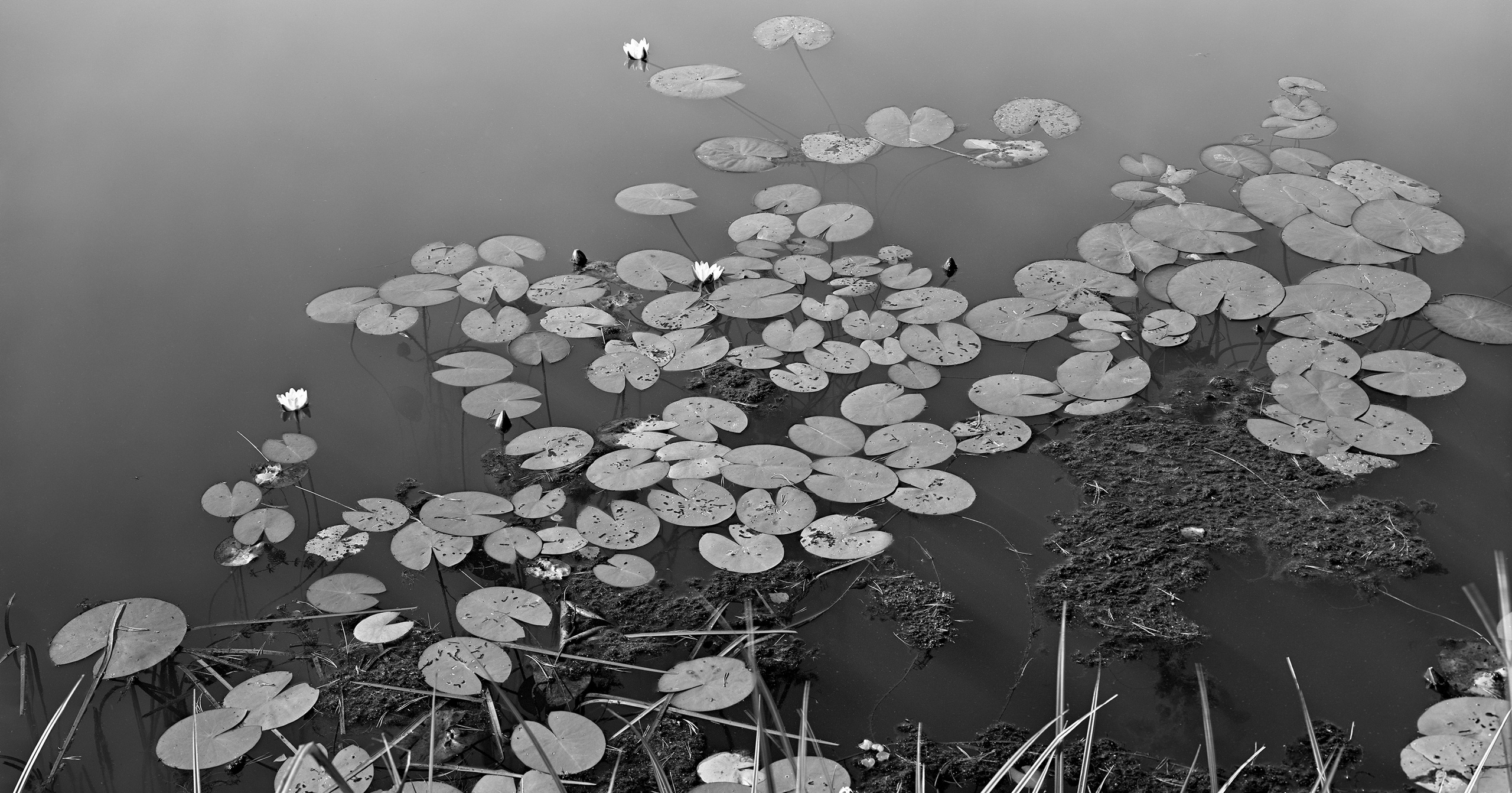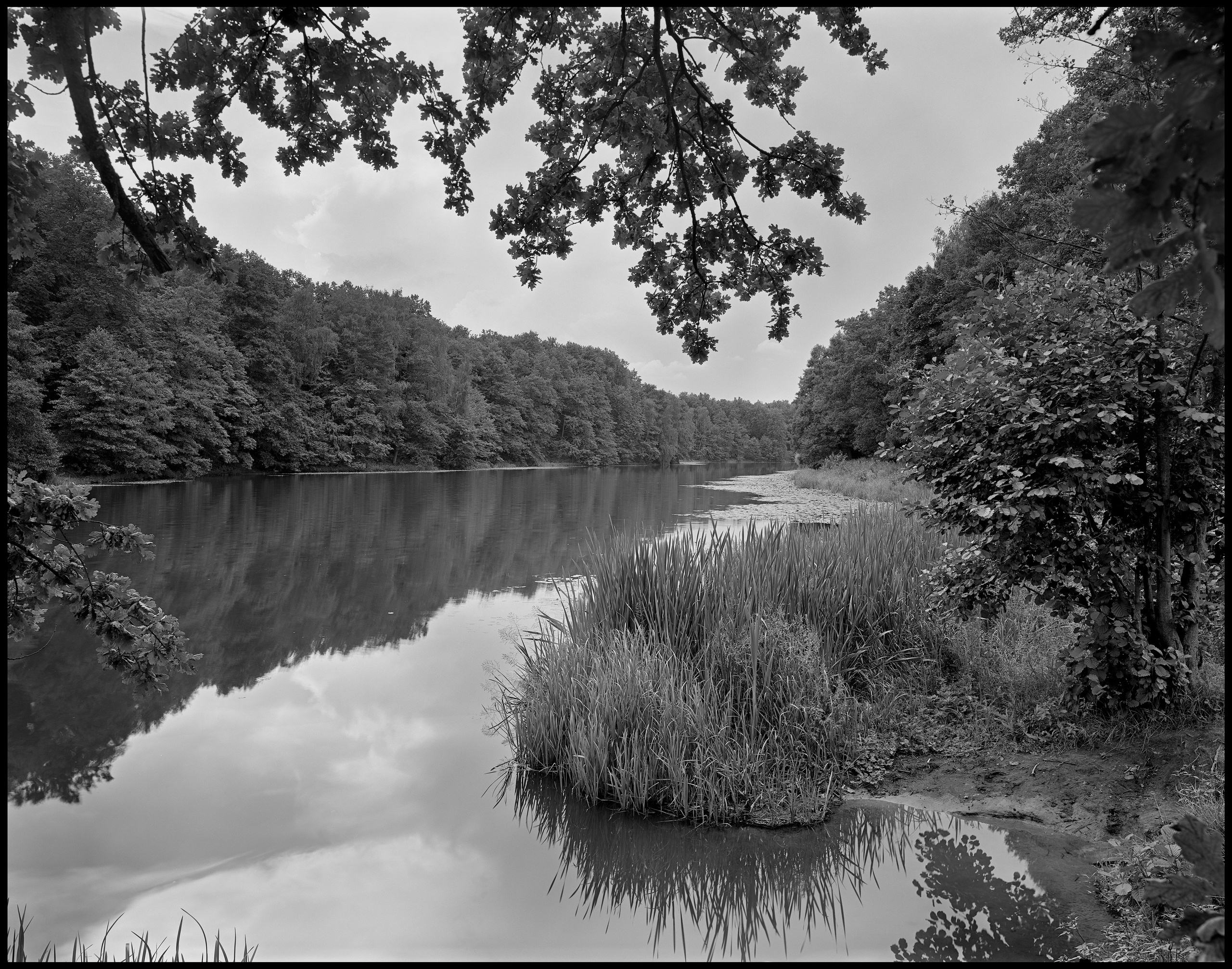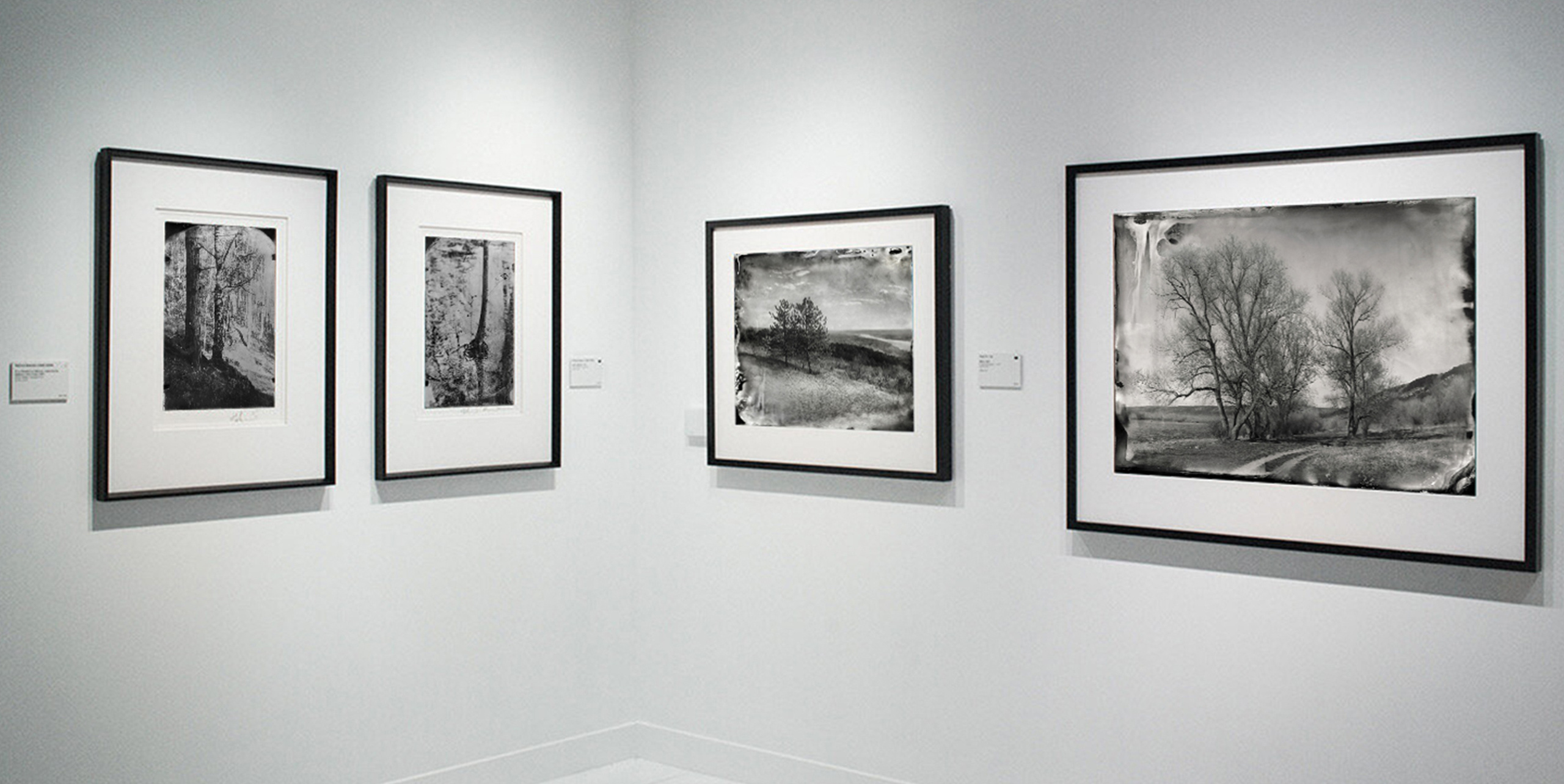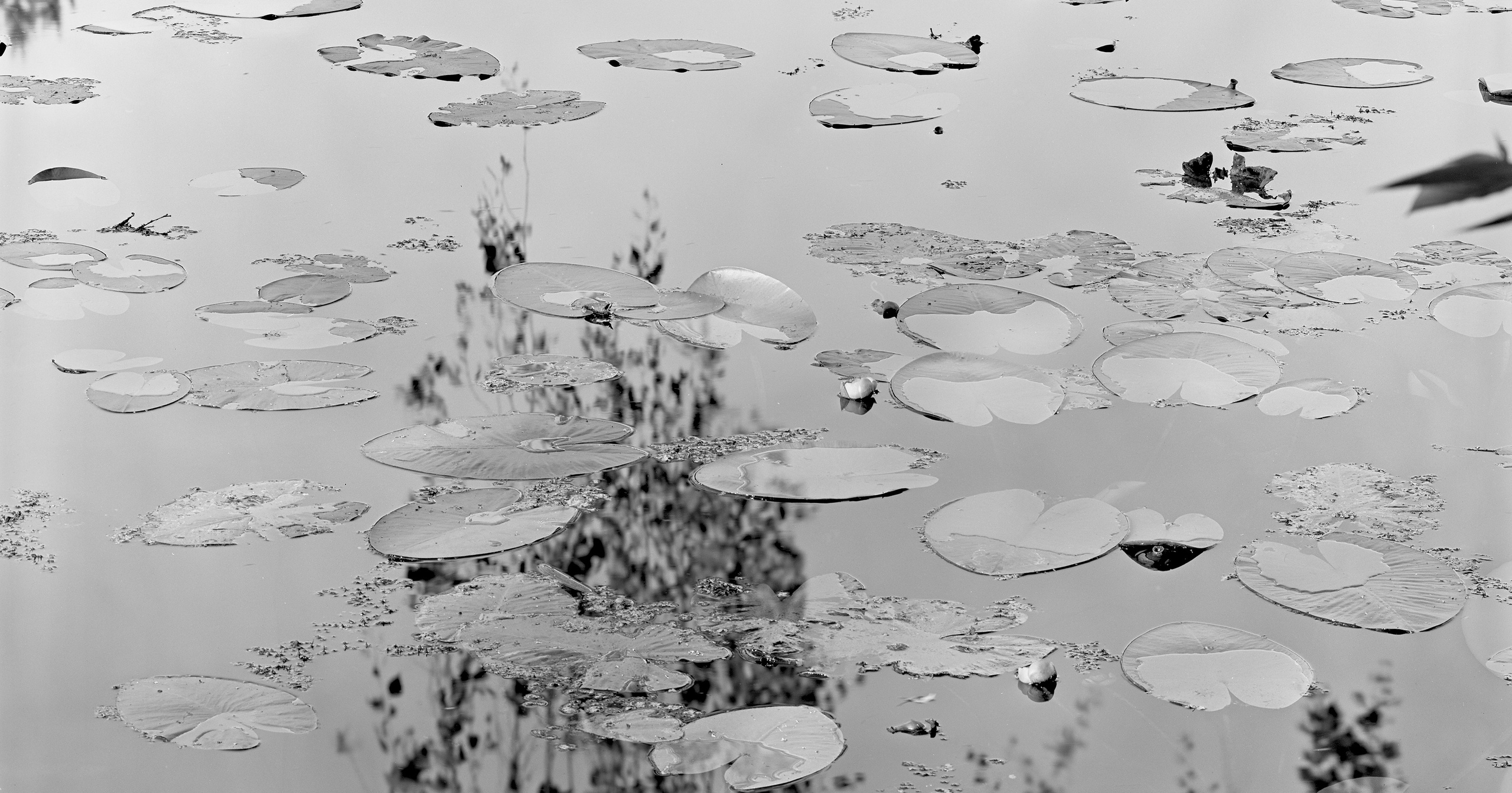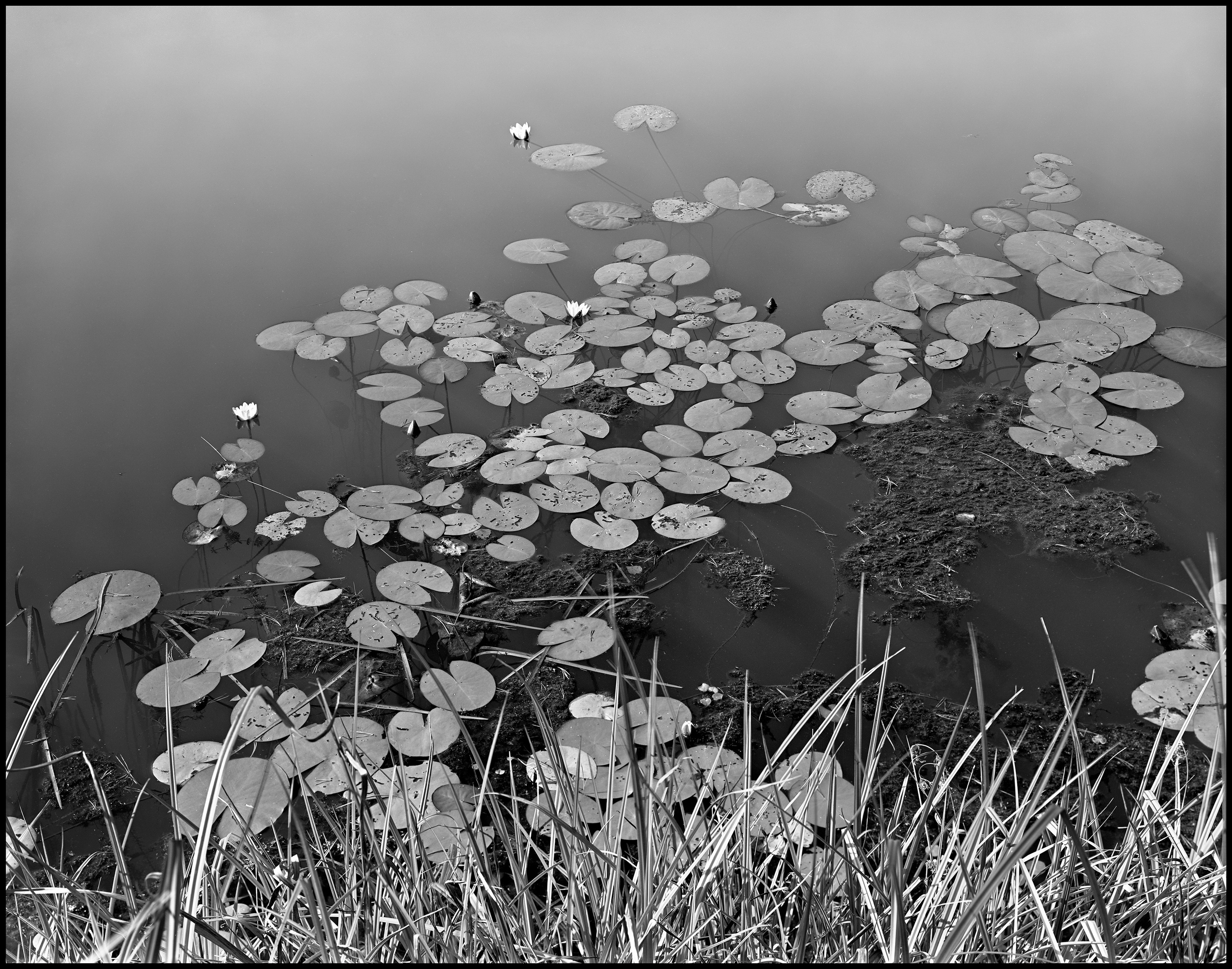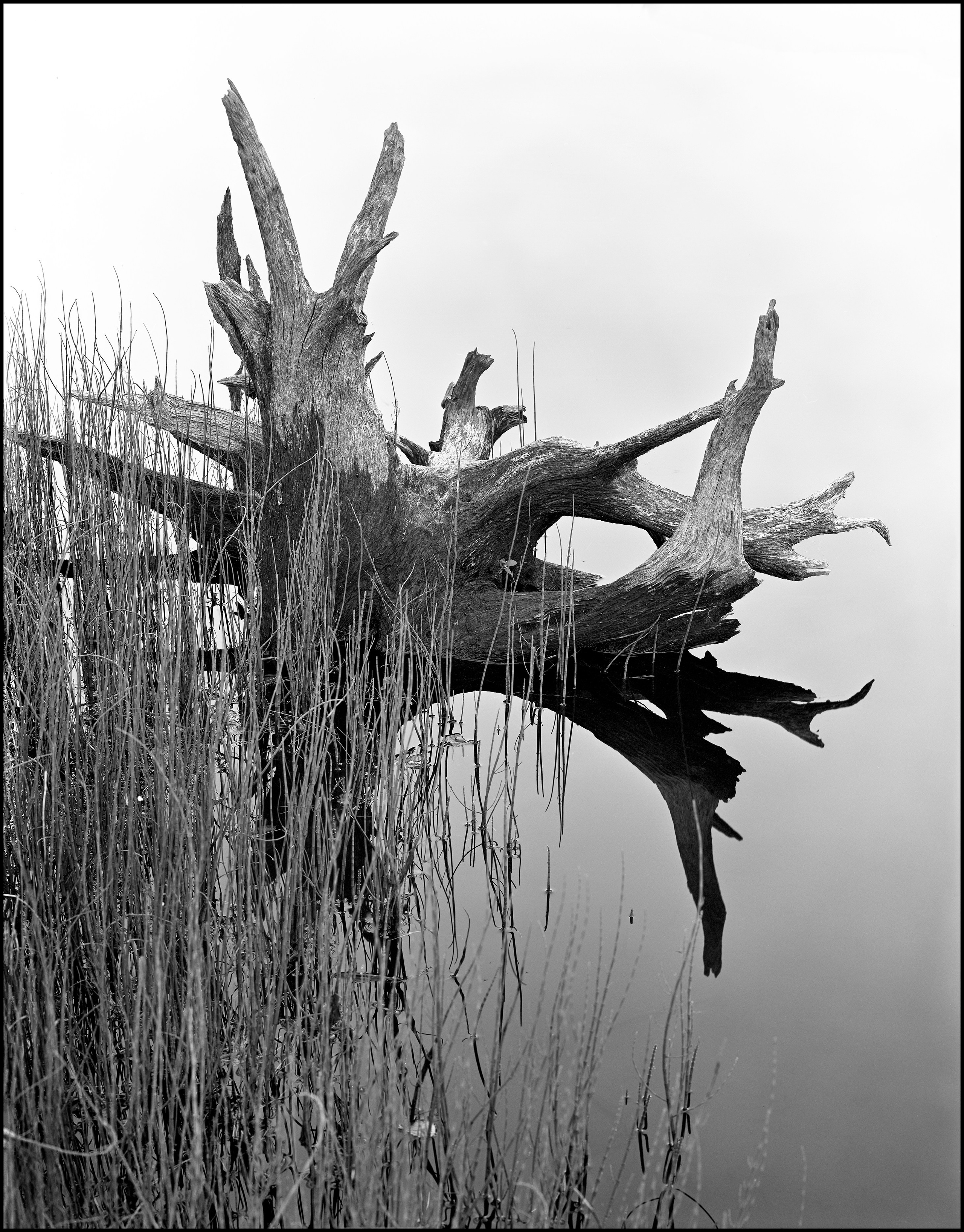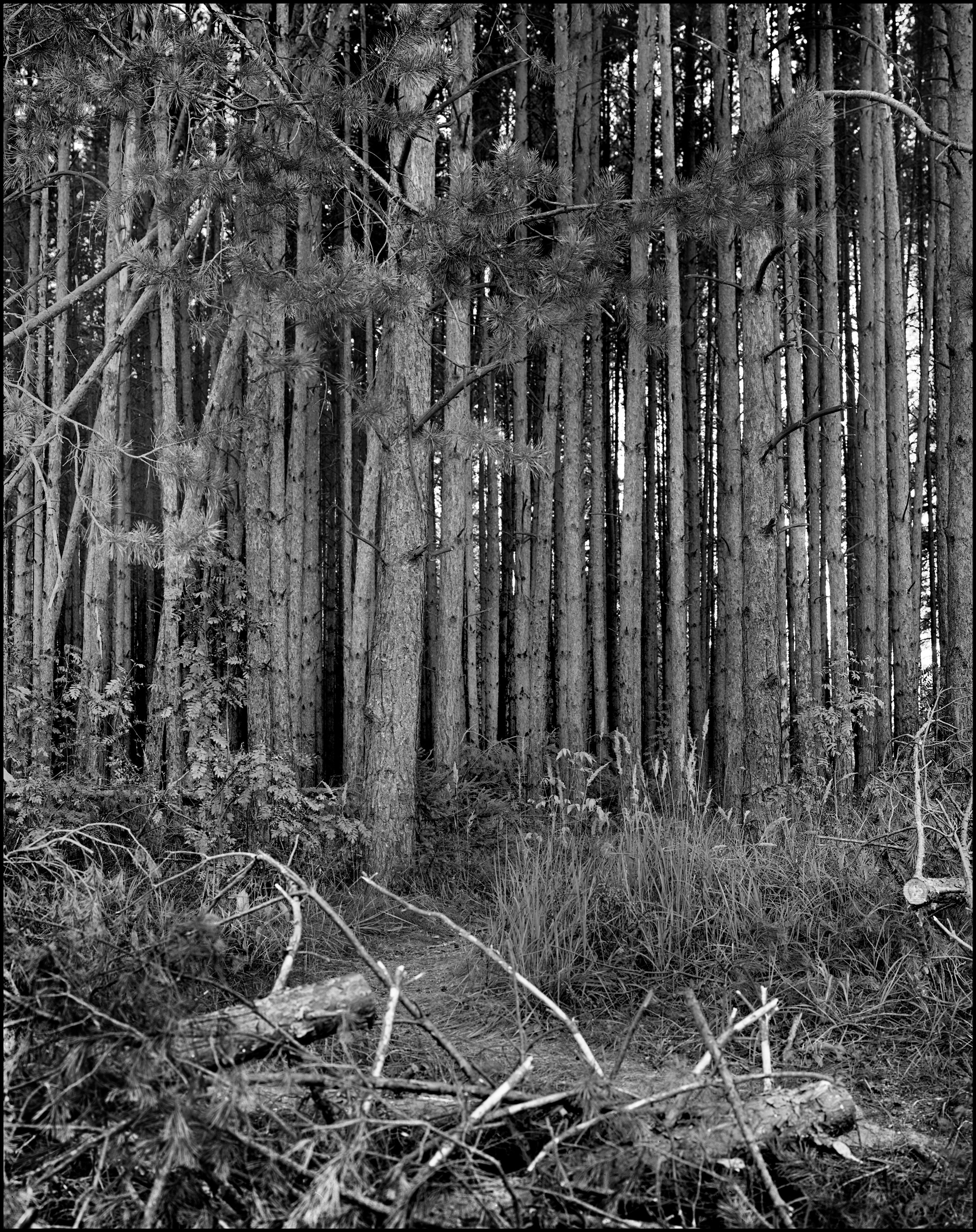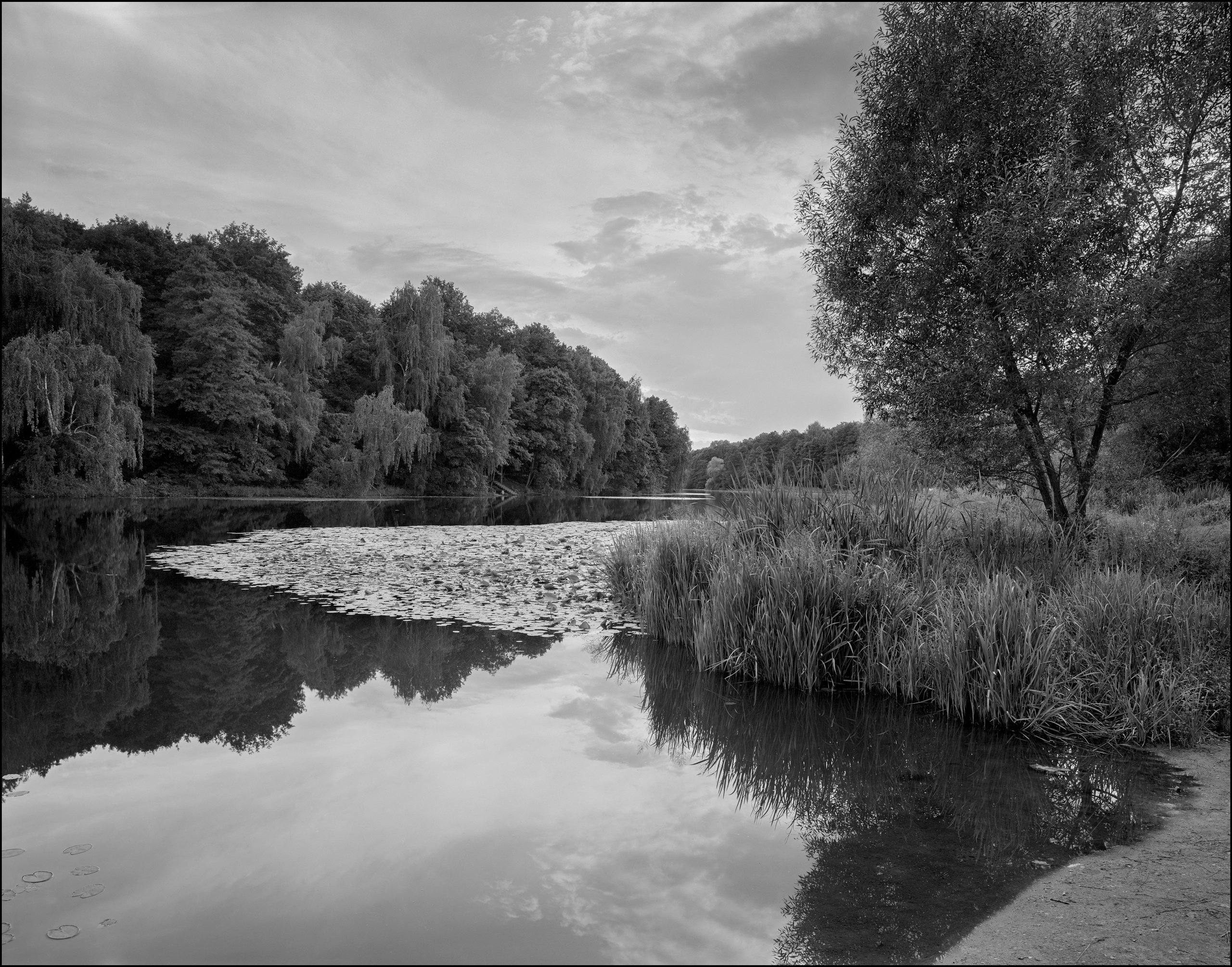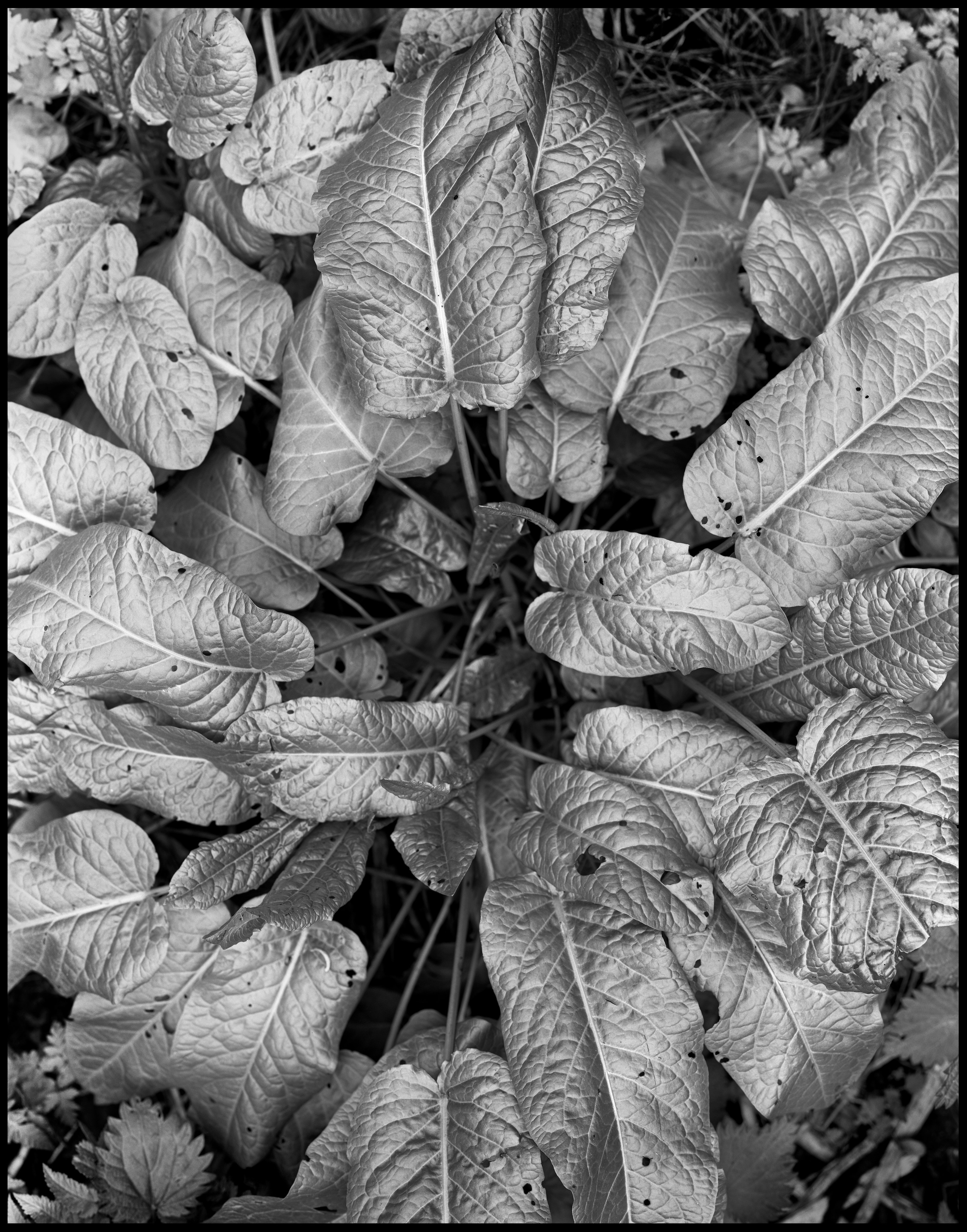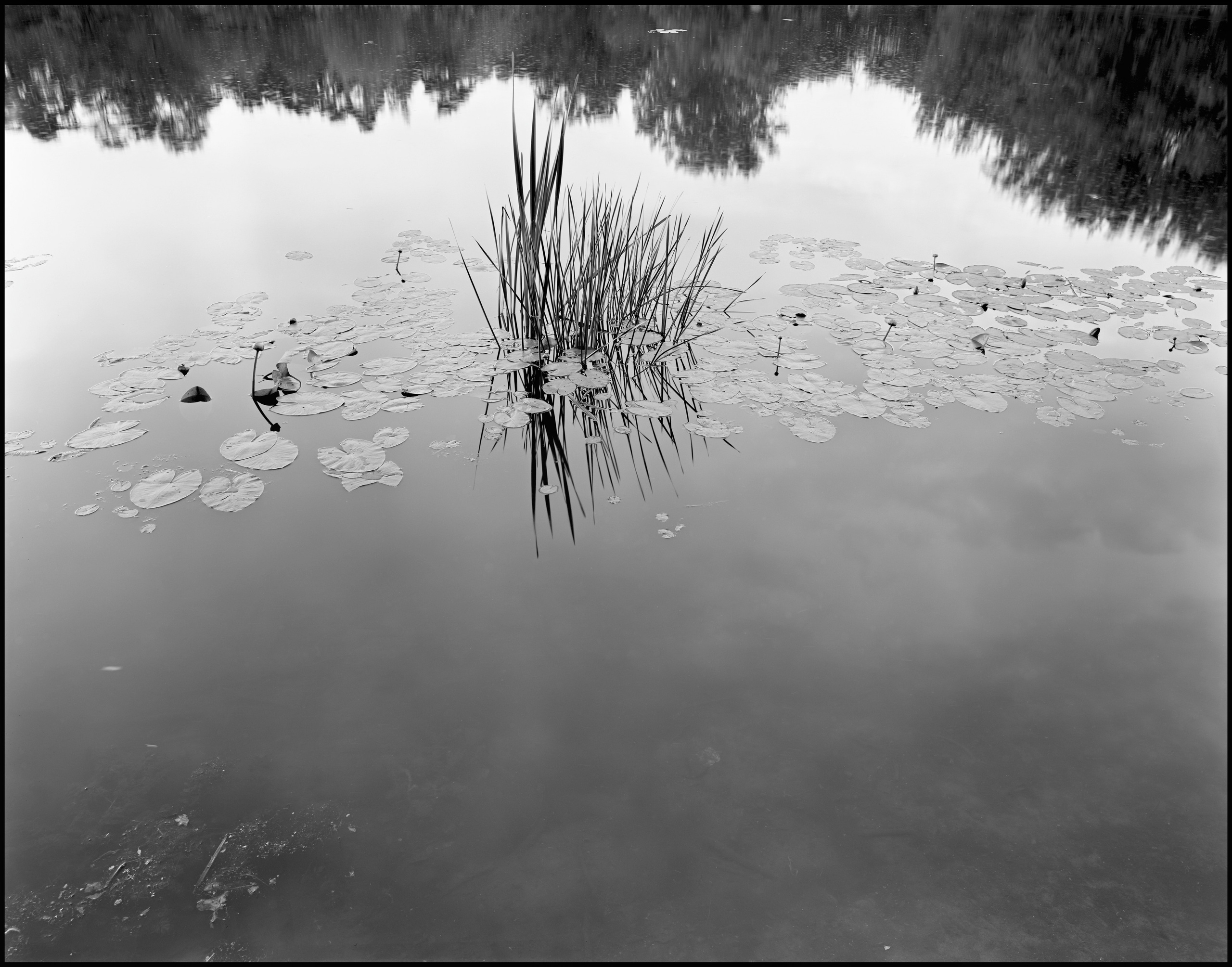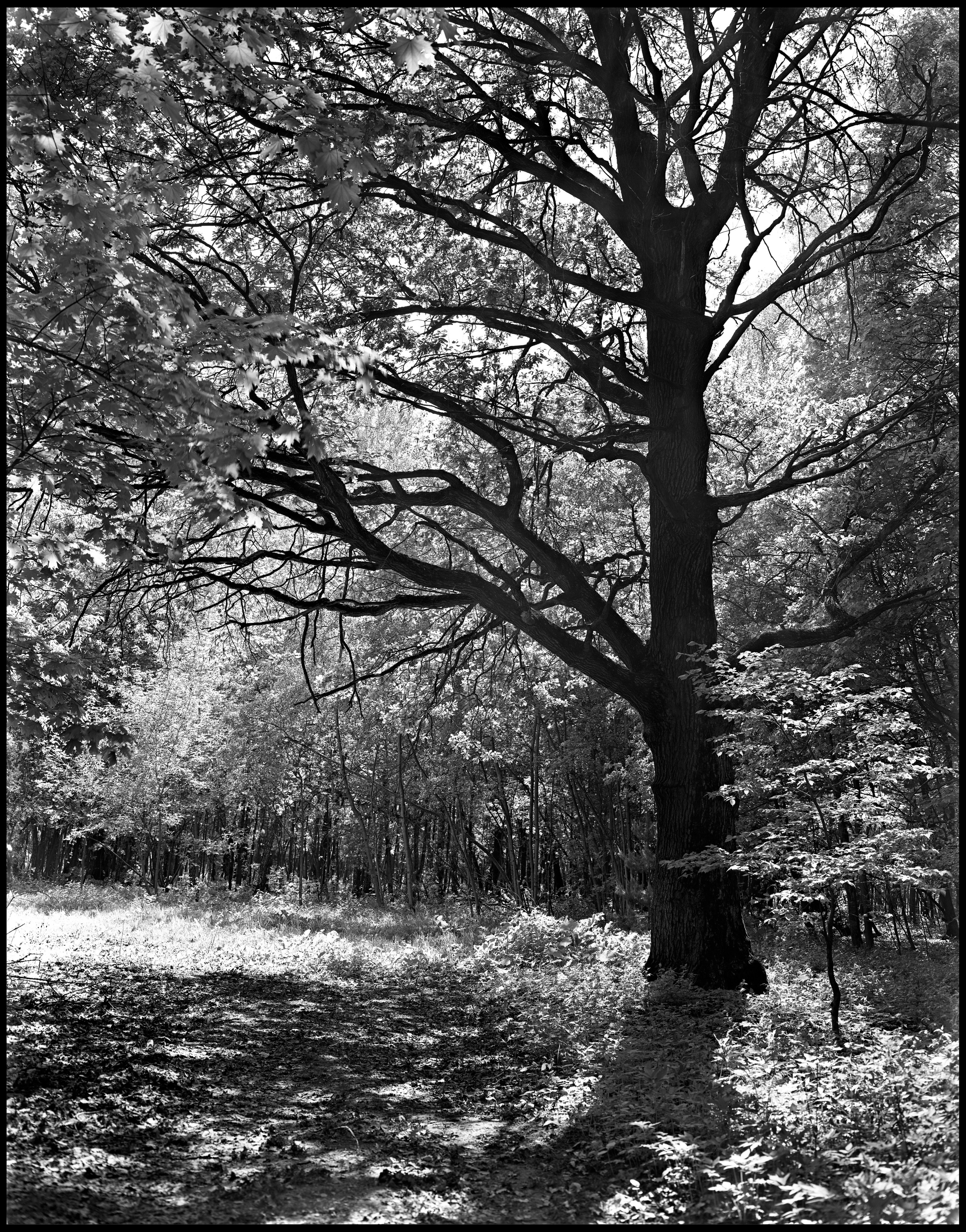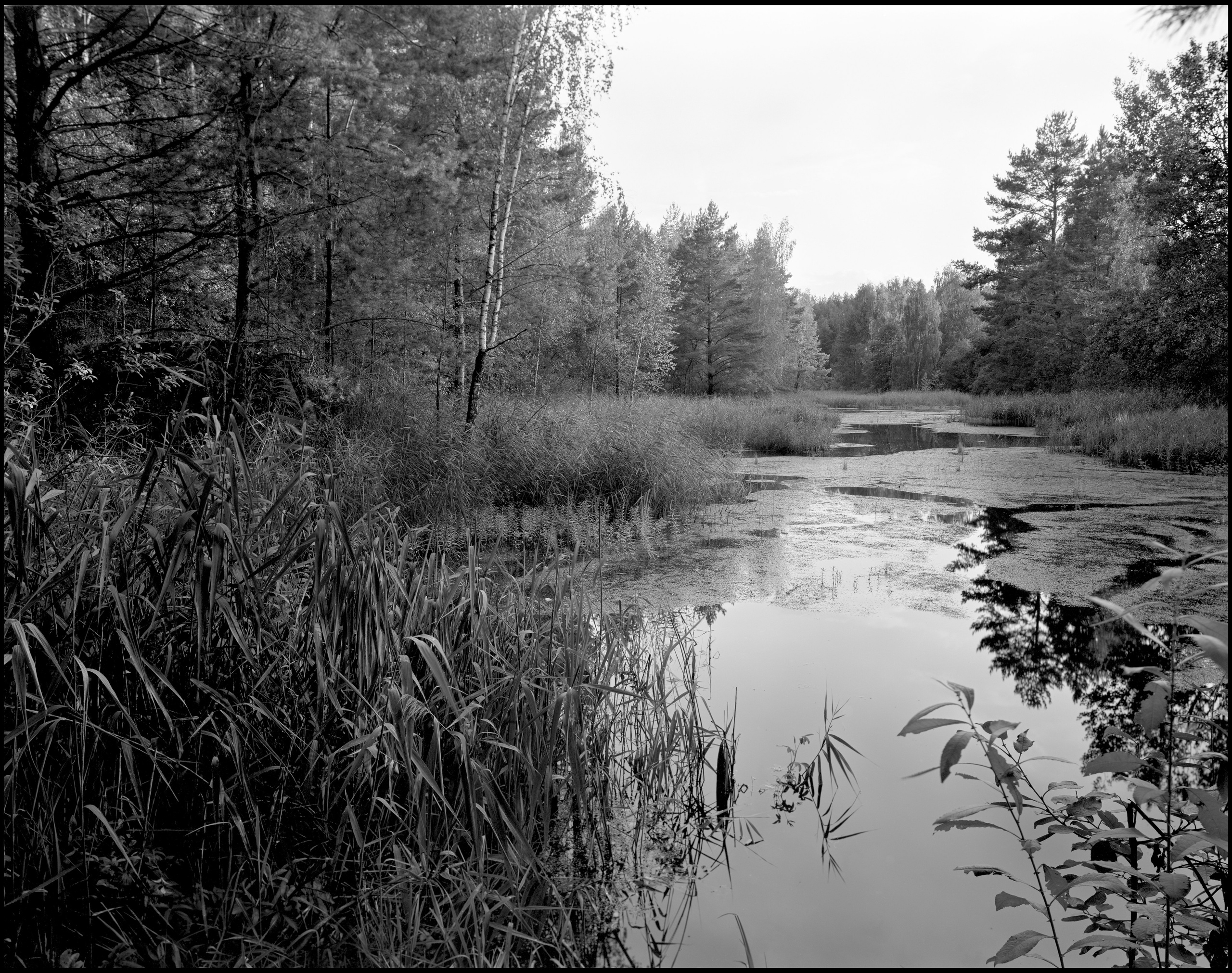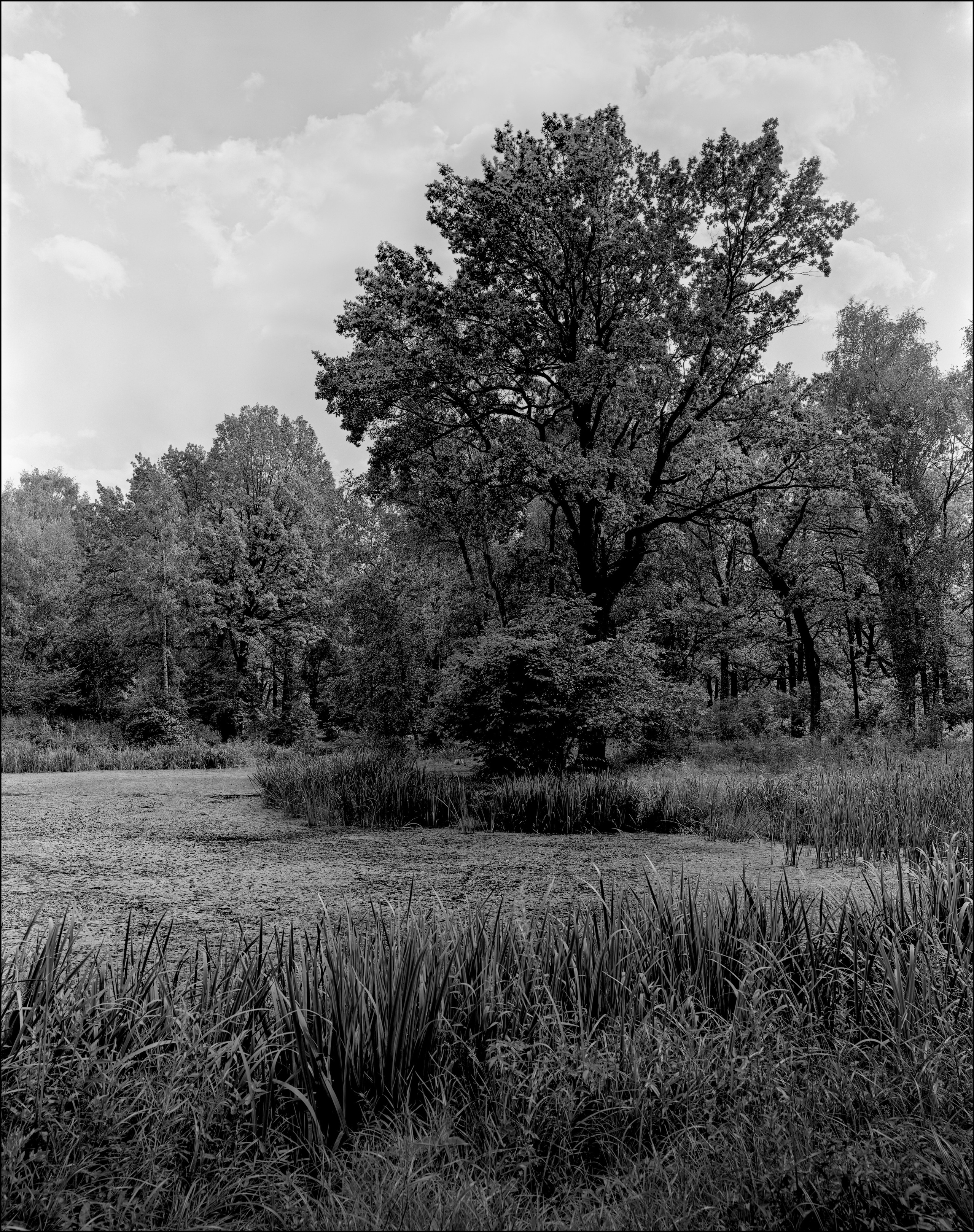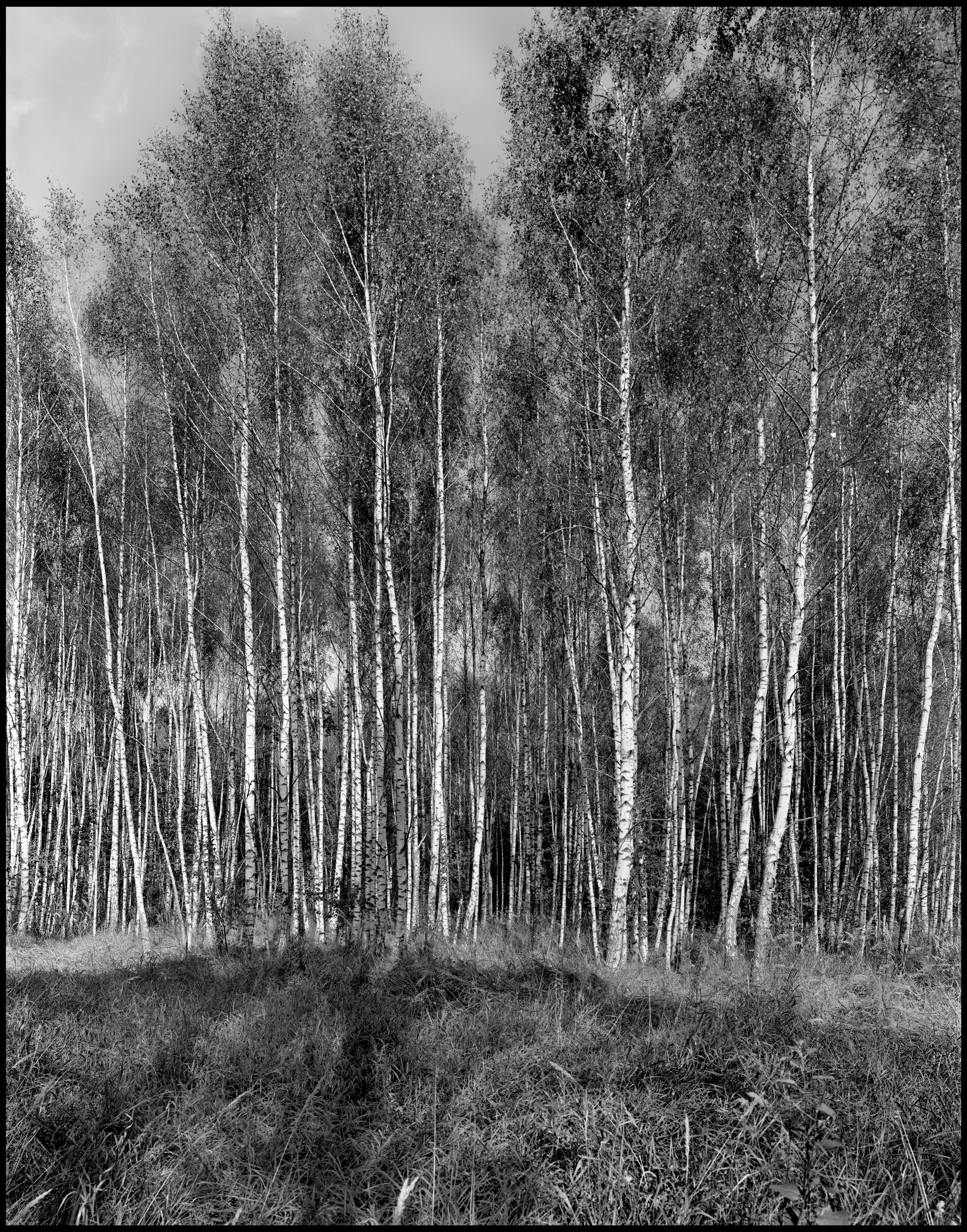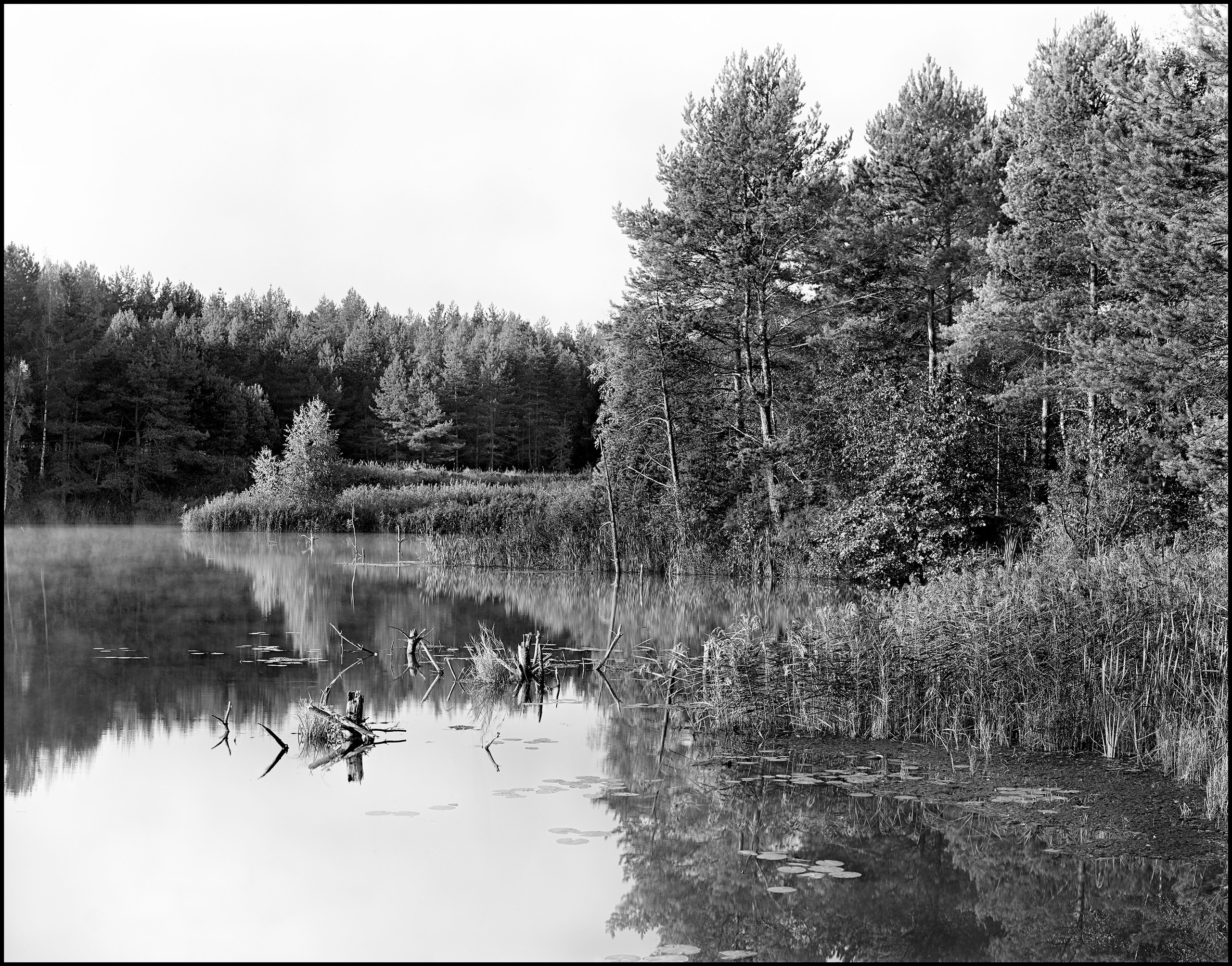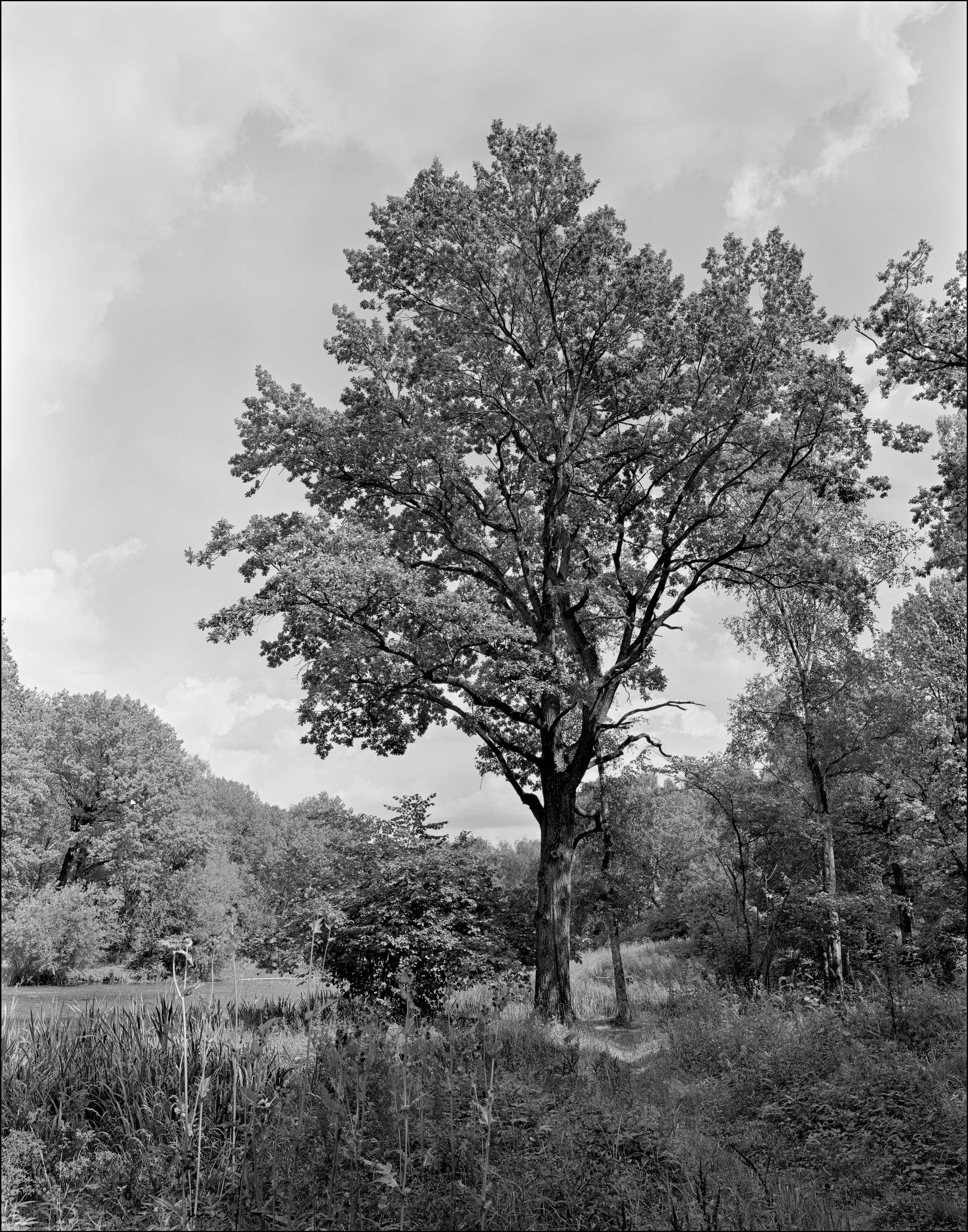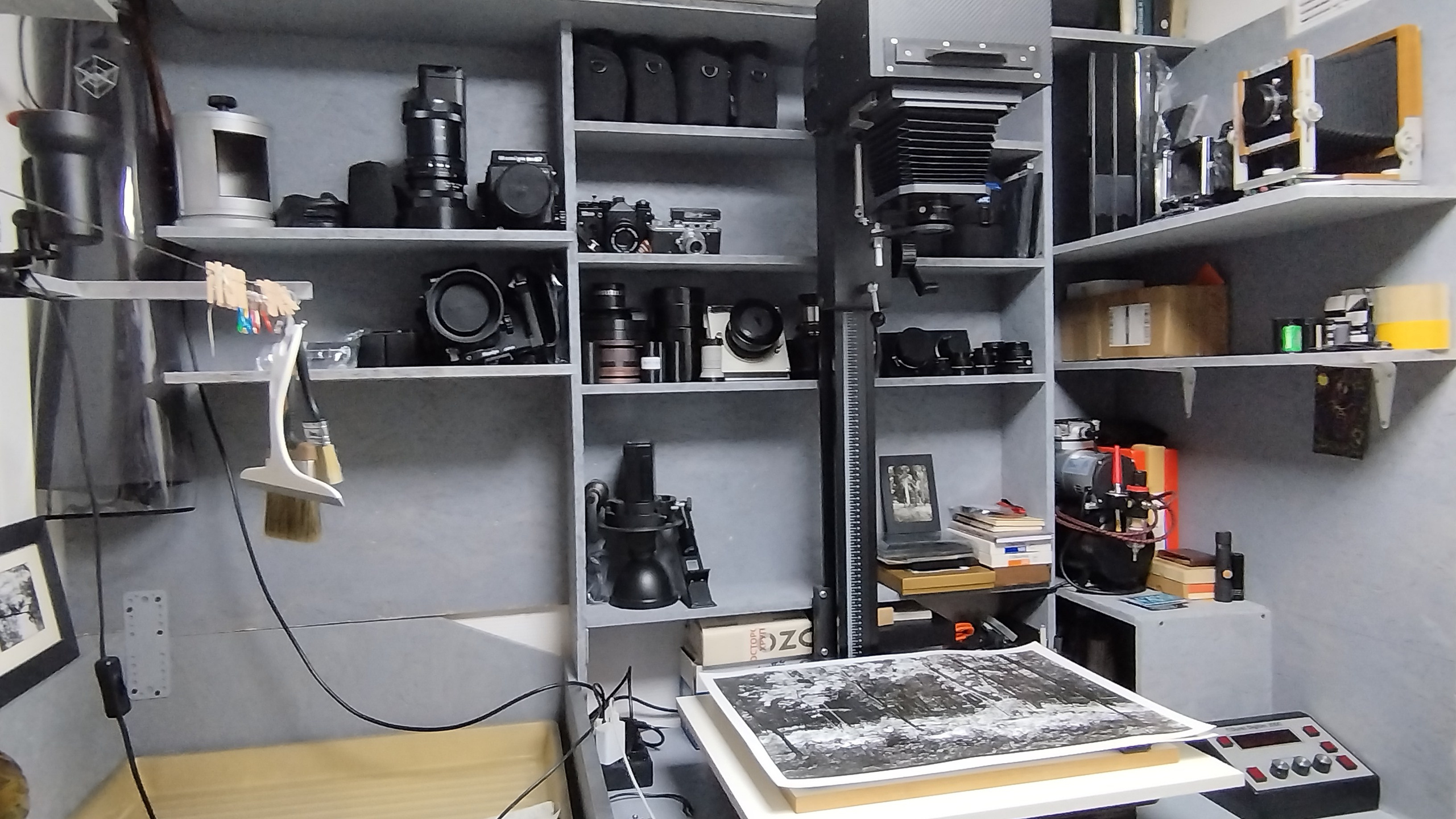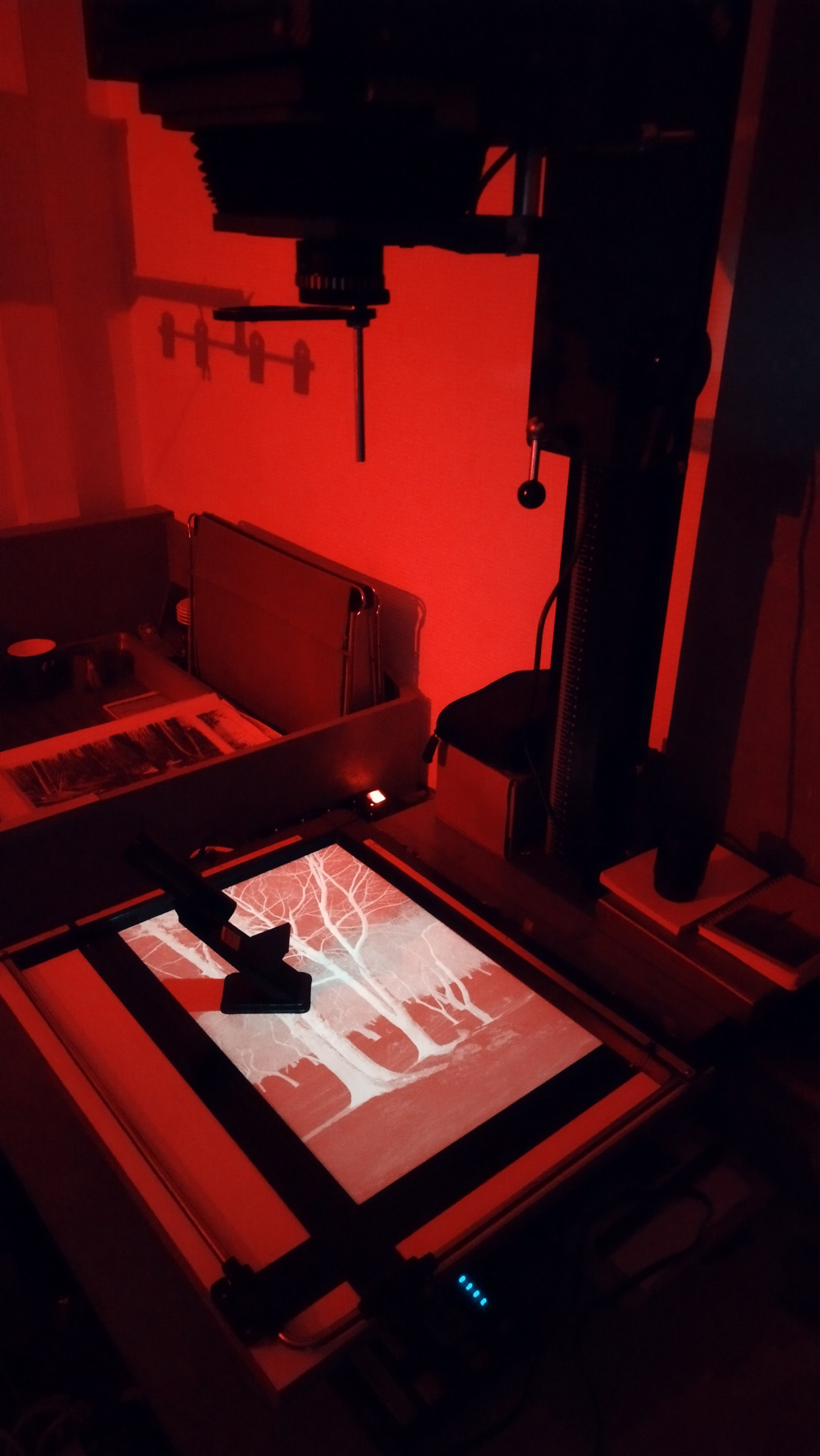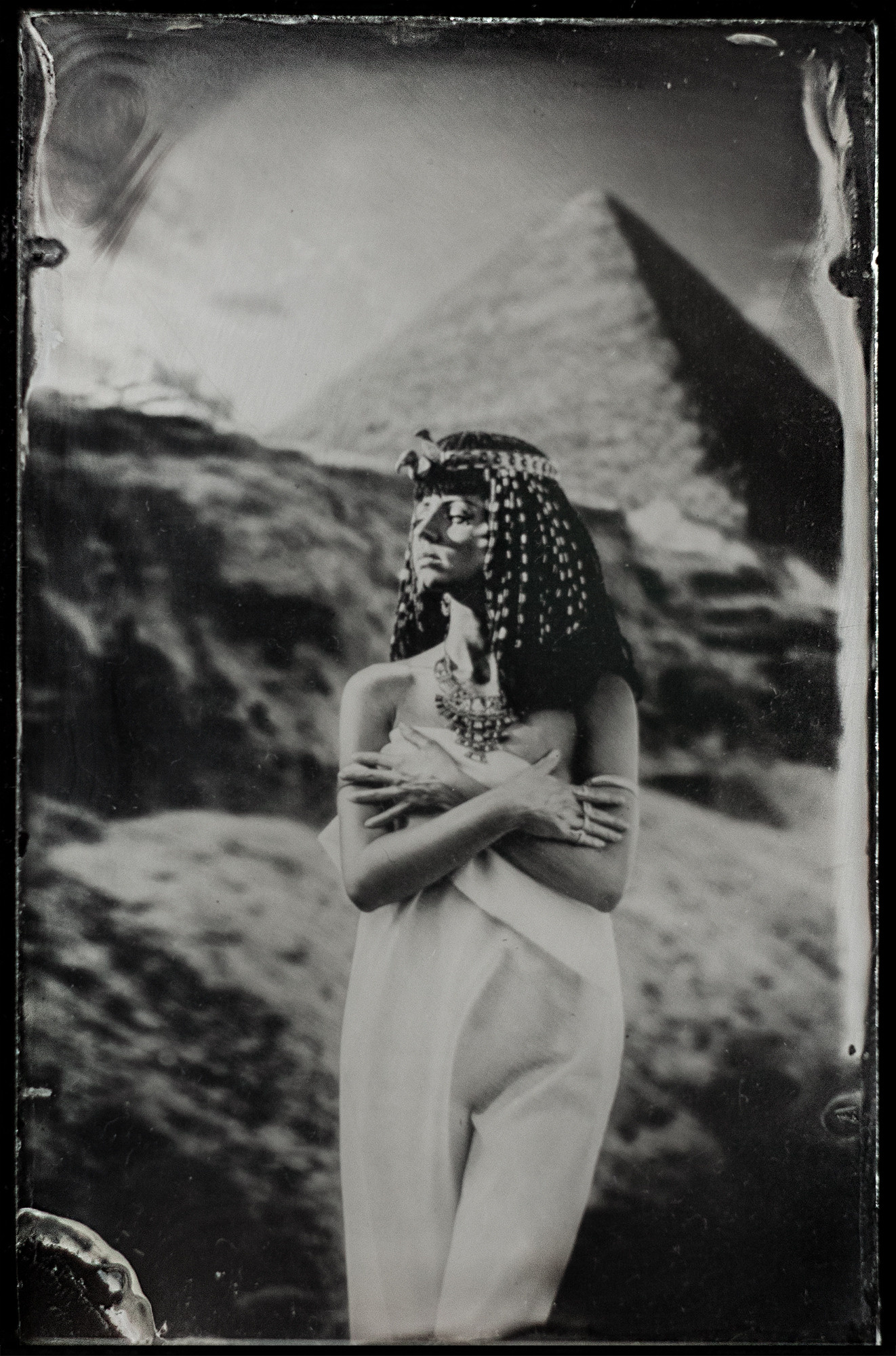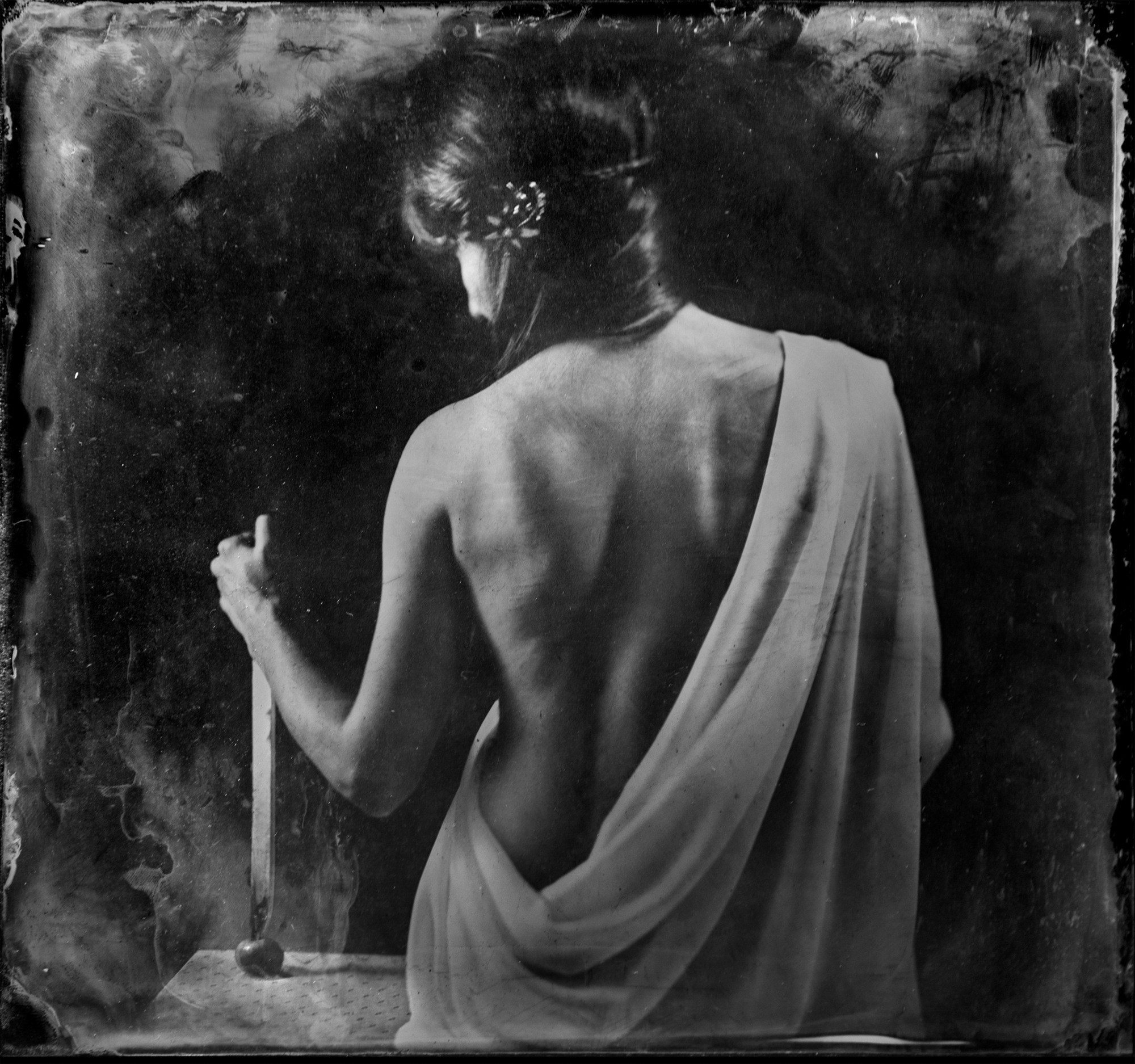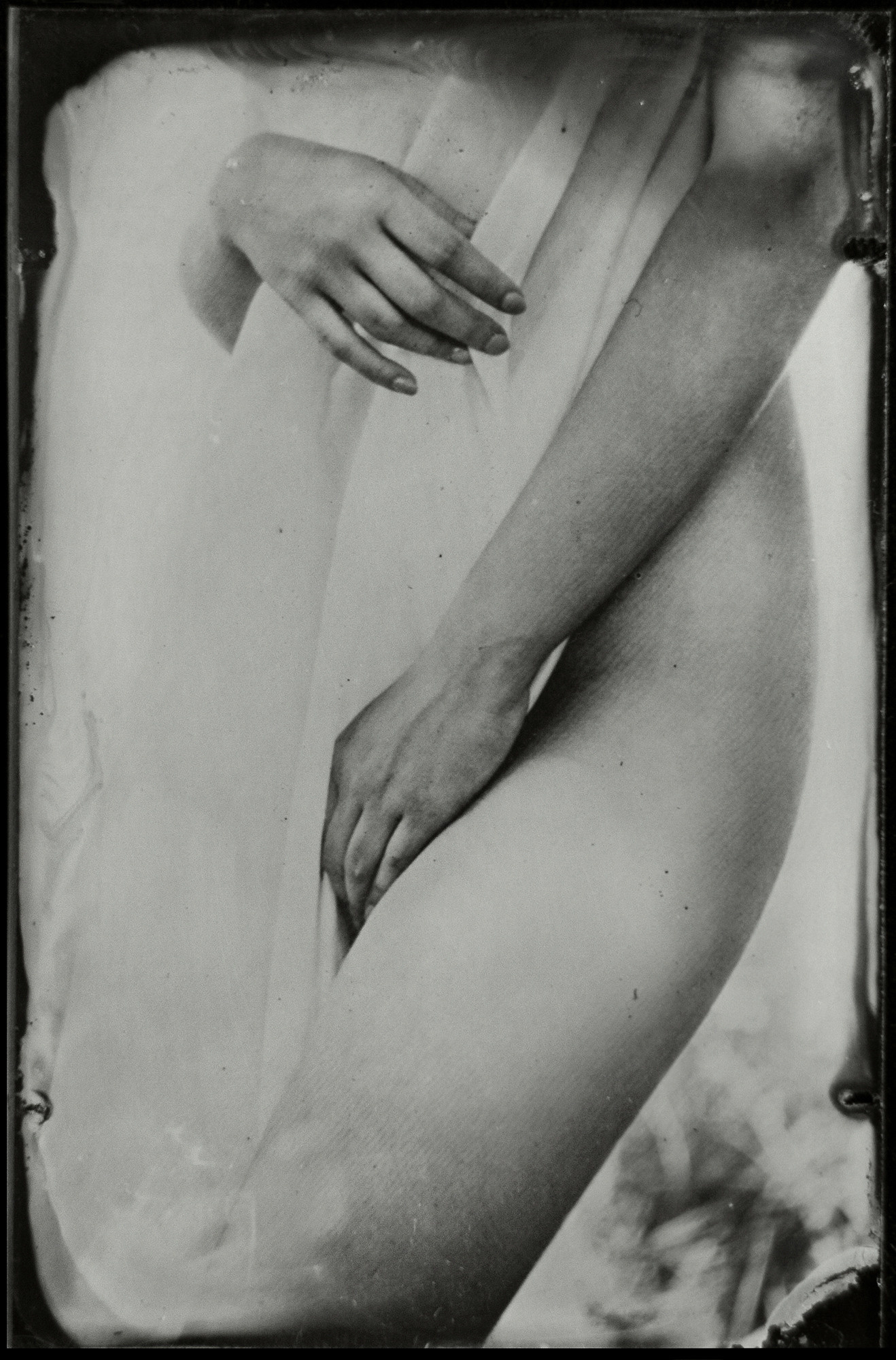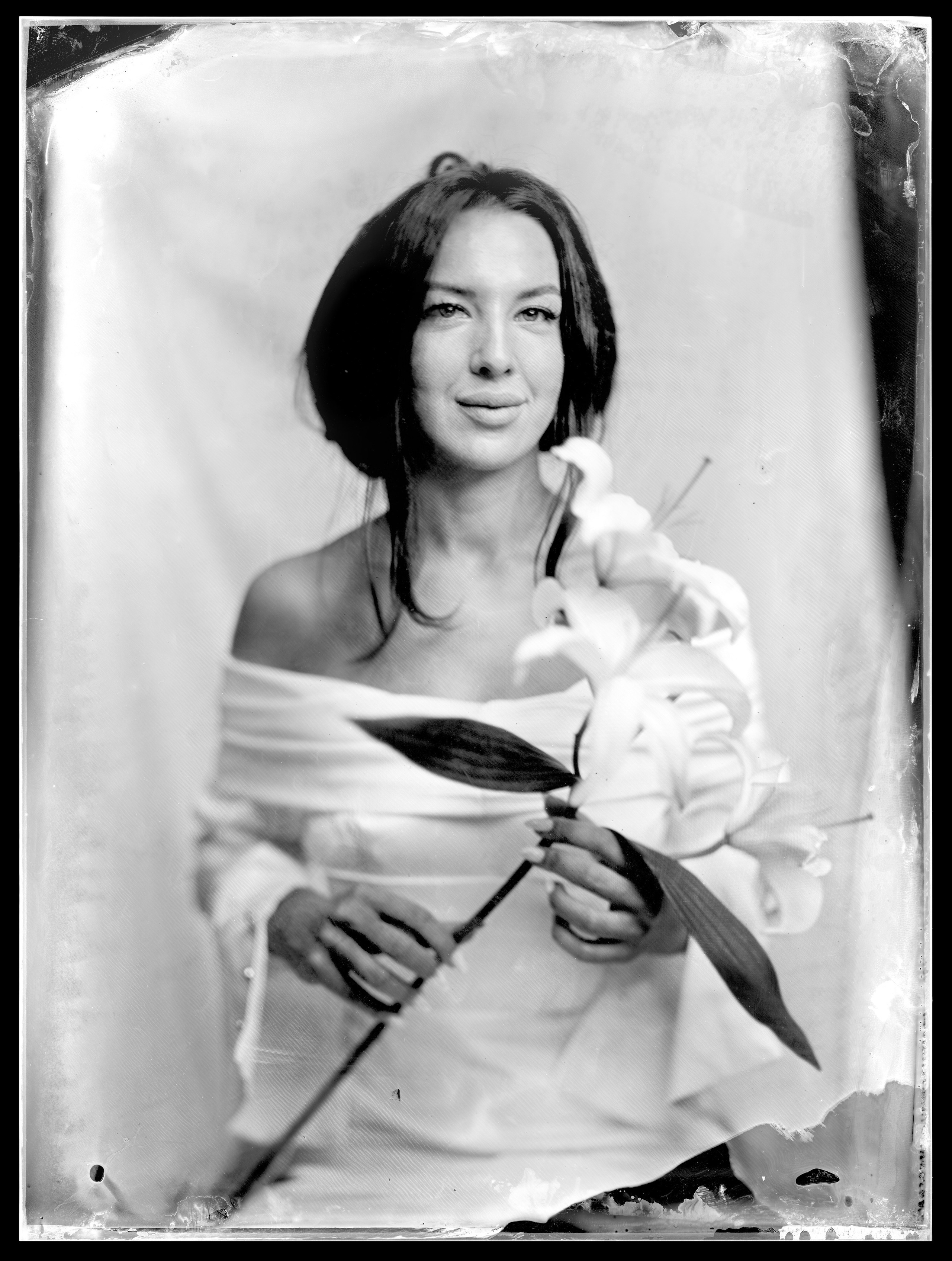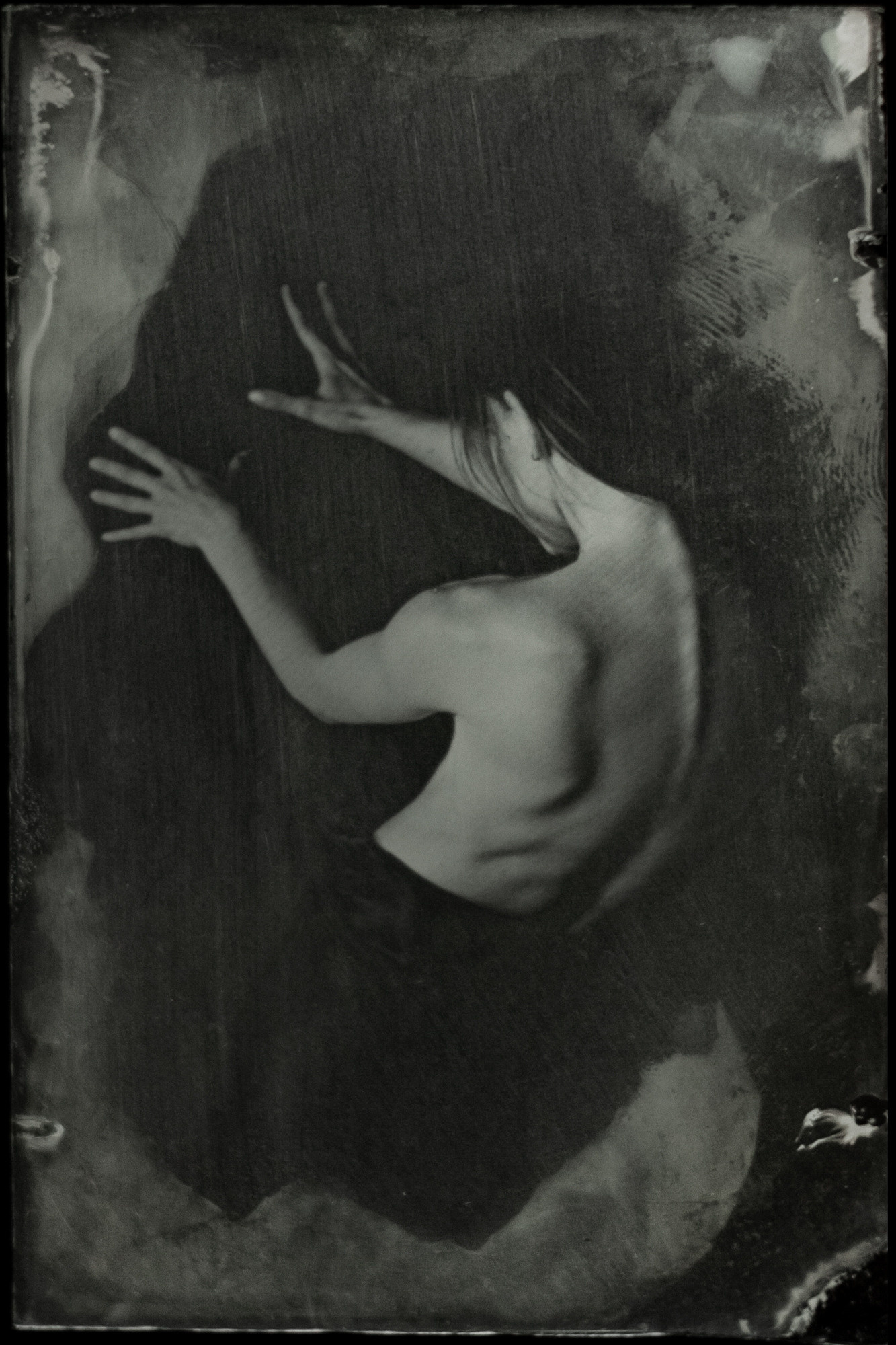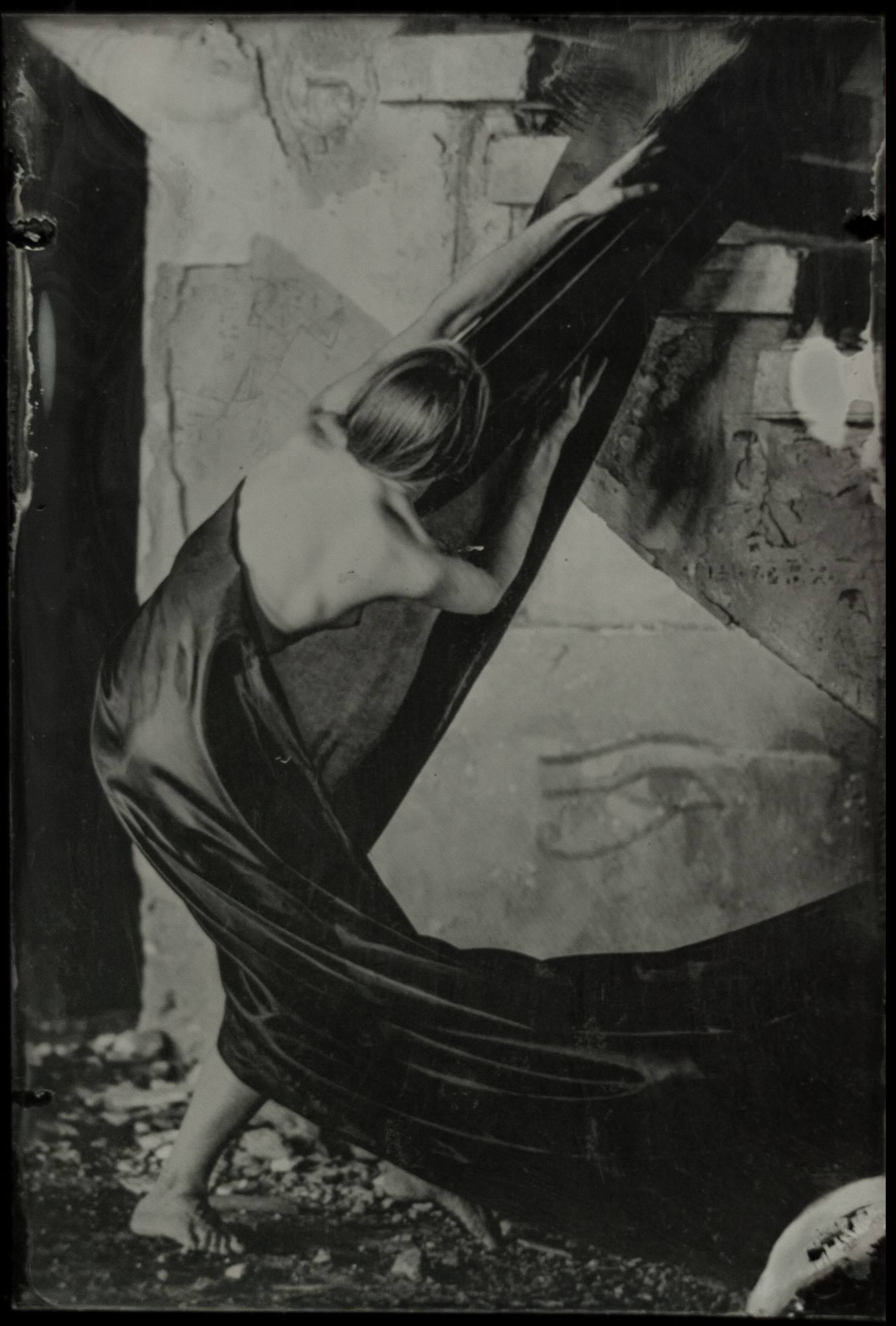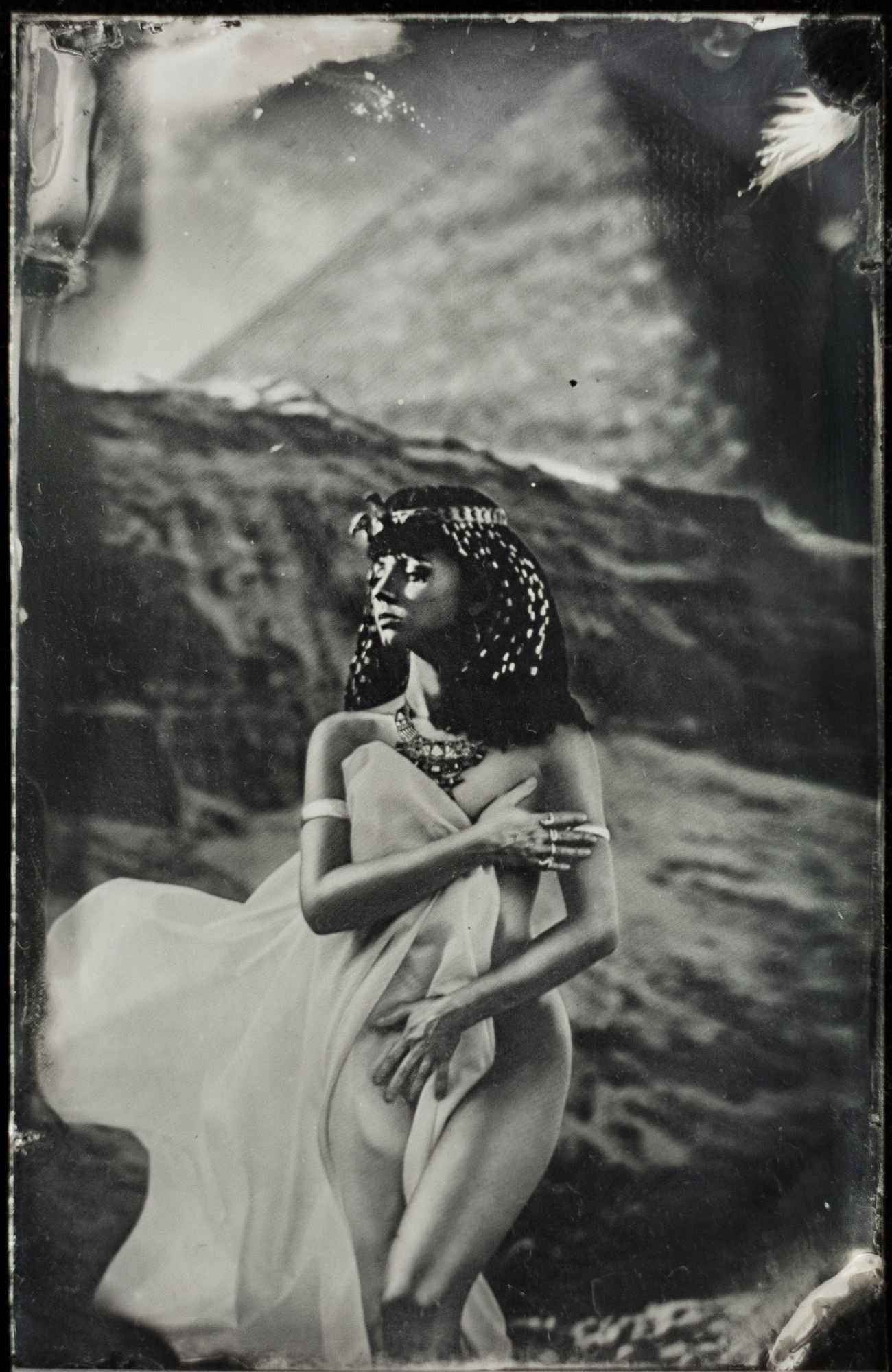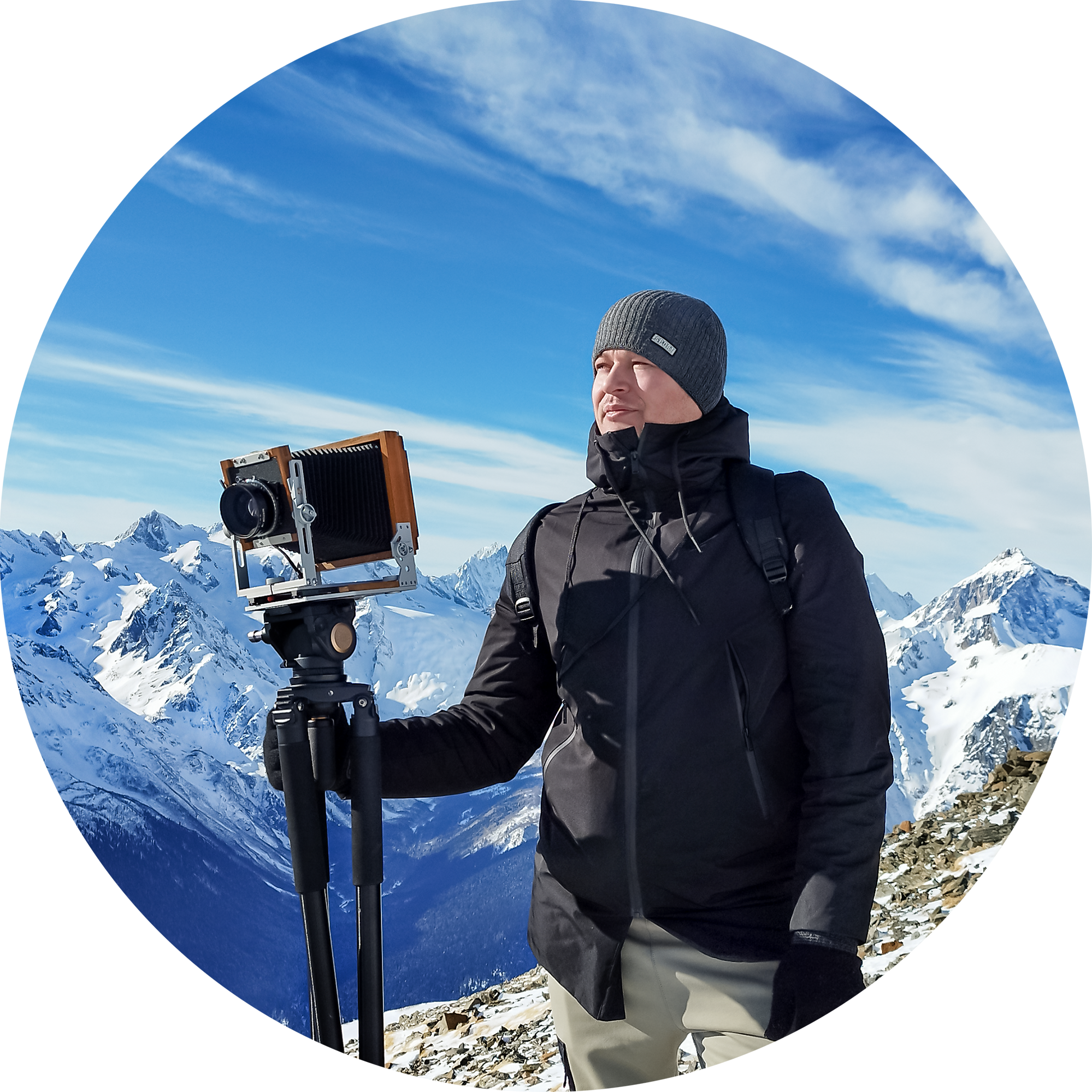
Welcome to the world of meanings and fantasies! ⇩
My name is Sergey! I live in Moscow, I shoot all over the world.
I use cameras with large-format fur for work. These cameras provide a quality that is not available for modern digital technology. I am engaged in rare analog manual photo processes.
For me, art photography is an expression of the author’s thoughts through the image of a model.
I believe that the creation of a multi-faceted conceptual and symbolic artifact in the form of analog photography with an author’s approach and divine accidents is very important in the age of digitalization and mass production. I like to experiment and create multi-faceted images and complex photo projects.
In my work, I address a variety of topics: philosophy, religion, history, culture, love, nature. I try to shoot what, in my opinion, reflects the internal state, mood, and not external facts. I like to experiment with objects and images that, by their appearance, can cause associations with something beautiful or, conversely, repulsive. I am interested in things, objects that people talk about, but do not know their true essence and purpose, things that we do not attach importance to, but which in fact are carriers of huge potential. In my works I try to express my thoughts and ideas, to show the beauty of the human body and the hidden fears and desires that everyone has.
Each person is a work of art that can be viewed endlessly.
I offer a deep dive into the world of meanings and fantasy.
I will help you create an image of any complexity, we will think through all the details: entourage, props, clothes, hairstyle, makeup. We will shoot in an atmosphere of creativity.I have been professionally engaged in photography for more than 11 years. I work with a team of professionals: assistant, make-up artist, stylist and prop artist.
Let’s create together!
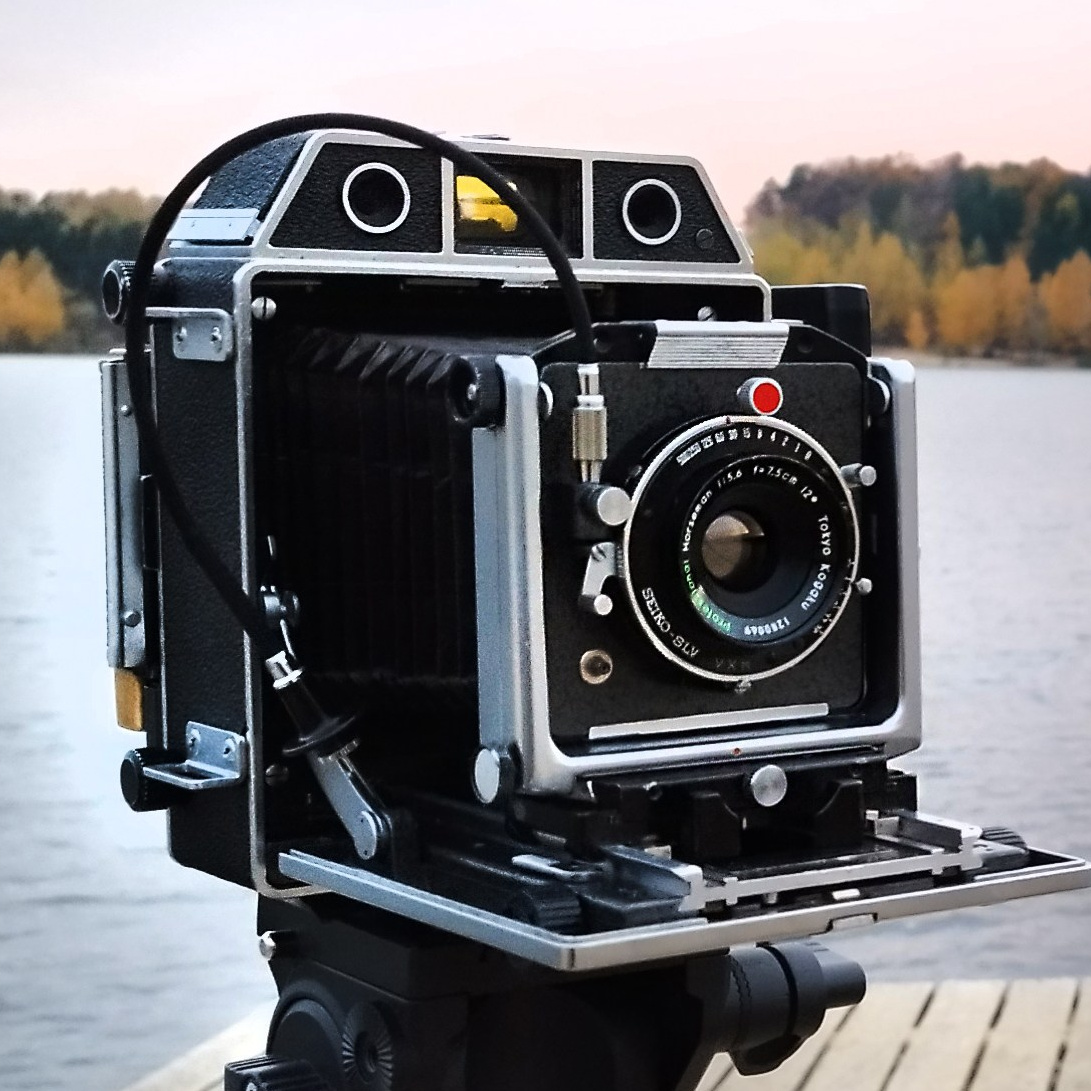
Large format cameras were first developed in the mid-1800s and are still being produced with minor changes.
The camera consists of a front standard, a rod or base, a rear standard, and a fur. The cassette is located on the back of the camera and holds one sheet of film. The lens forms an inverted image on a frosted glass screen. Focusing takes place on a frosted glass. A light-tight flexible fur (accordion) covers the space between the lens and the film. Unlike most cameras, the film holder and the lens can move differently relative to each other. You can adjust the “shift” and “tilt” axes of the lens to control focus, depth of field, and perspective. The lens is attached to a shutter that controls the exposure time. A tripod is usually used to support the camera, especially during long exposure times.
Shooting with large format cameras is completely unlike any other kind of photography!
Development of own equipment.
The very design of the camera, the focus, the number of frames, the weight, the complexity of the shooting process and further work in the red room, forces us to treat filming differently, developing our own shooting style, philosophy, and attitude to composition, a careful thoughtful approach in choosing the subject and the importance of the frame.
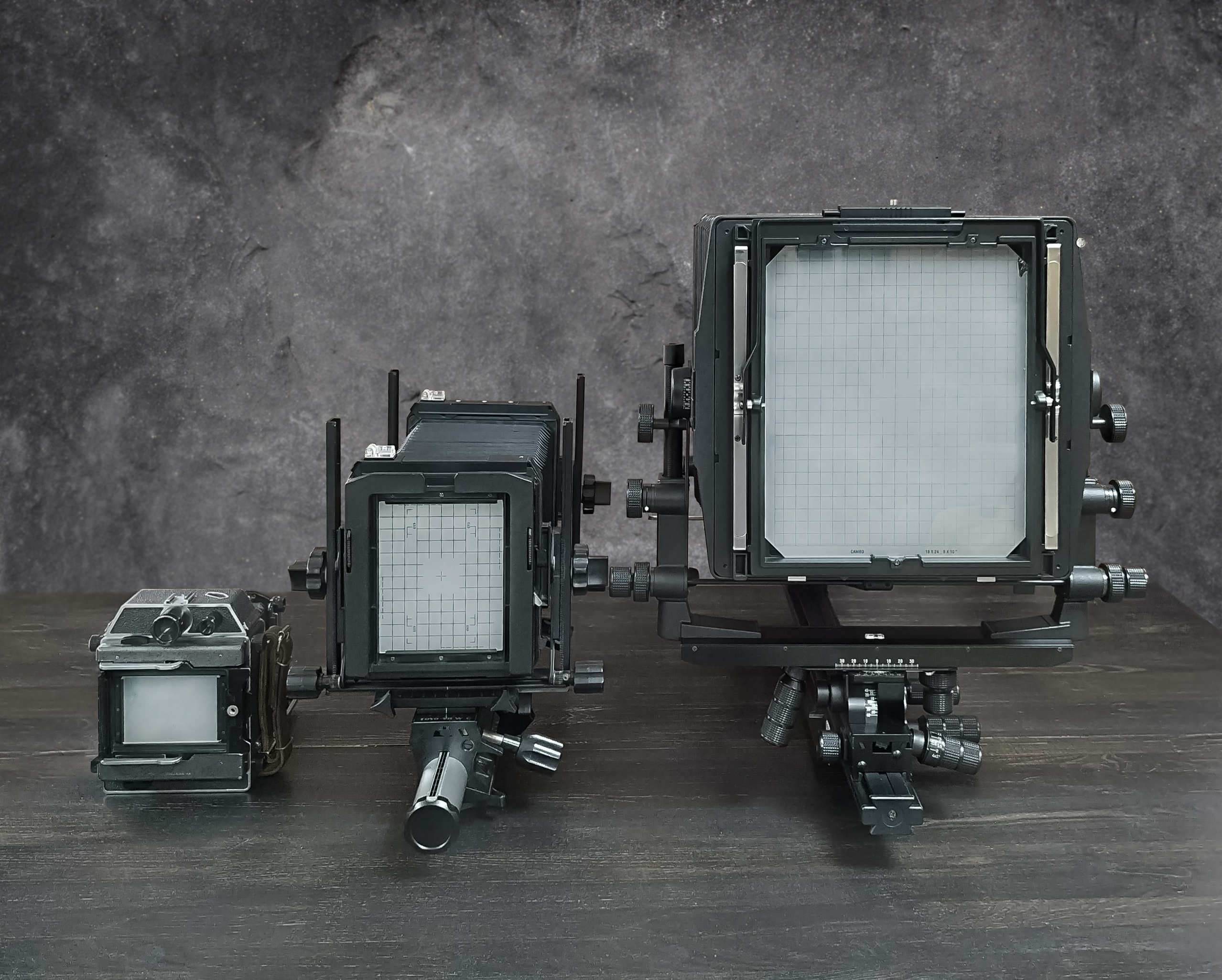
The technique and technique that I use.
I use various large format cameras from 4×5, 5×7 to 8×10. Every time I shoot, I have to carefully select the camera format in accordance with the subject being photographed, this gives me further flexibility and the opportunity to create incredibly detailed prints of huge size on silver gelatin paper, which allow the viewer to more fully feel the breadth and beauty of the landscape as I saw it.
There are a lot of rare and unique equipment in my darkroom for comfortable and high-quality work.
I use different photo enlargers with variable contrast;
De Vere for 8×10 (20×24cm) negatives, which I was lucky enough to buy, but unfortunately incomplete, and I spent a long time and systematically reassembling the kit, buying something individually, and making something to order. I collected the head of variable contrast myself, based on my tasks, and now this huge monster pleases me.
Durst 1200 and Polaroid 450 for 4×5 (10×12.5 cm) negatives,
Azov for negatives 6×9cm. and smaller sizes.
German Rodagon and Companon-s lenses with different focal lengths for printing.
Since printing large prints requires a special approach, the baths for developing and drying photos cease to be a trivial task, the format dictates its own rules and I had to do a lot myself.

